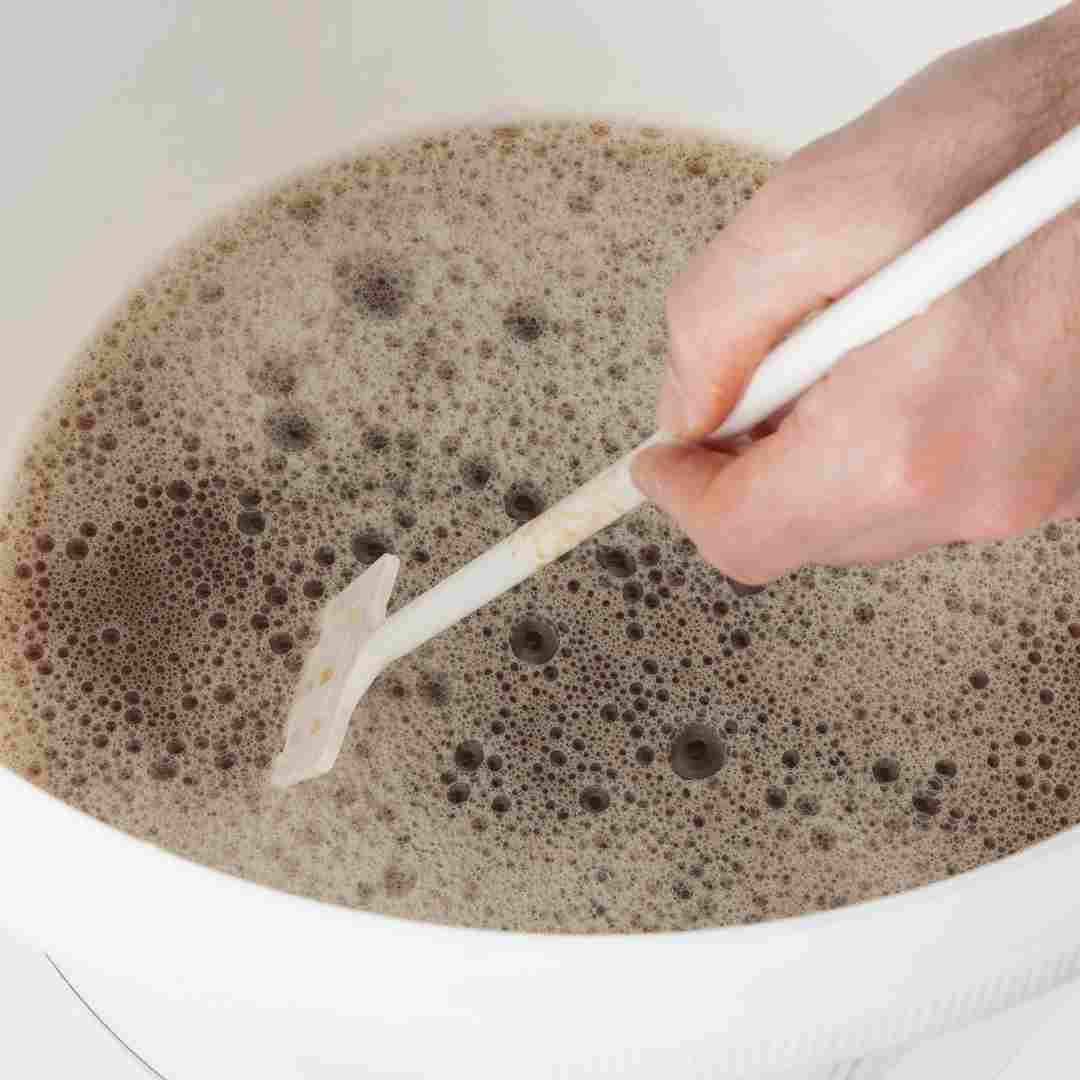Home brewing can be difficult and takes time, attention to precision, and knowledge of brewing science. Many aspects can affect the final result, from ingredient selection to fermentation monitoring. Home brewing can be fun and rewarding with the correct expertise and gear.
Homebrewing Consistency Issues
Homebrew consistency ensures that each batch tastes the same. If you want to compete or share your beer, this is crucial. Inconsistent beer turns off drinkers and damages your brewing reputation.
Home brewing consistency is difficult due to ingredient diversity. Homebrewers lack the quality ingredients and quality control of commercial breweries. Depending on ingredient quality, the same recipe can yield various results.
Brewing also affects consistency. Homebrewers utilize varied equipment and methods, which can affect the end product. Beer flavor and aroma are affected by fermentation temperature. Off-flavors or carbonation can develop from high or low temperatures.
Home brewers must focus on consistency and their brewing technique to solve these problems. High-quality ingredients, a stable brewing temperature, and a tight timetable are required.
Recording each beer batch helps assure uniformity. Noting ingredients, brewing temperature, and fermentation time. Home brewers can uncover patterns or trends impacting beer consistency by tracking these variables.
Brewing software improves consistency too. These apps let home brewers enter their recipes and track the process. They can change the recipe based on past batches.
Homebrewers can also ask other brewers for tips. Home brewing clubs and workshops might help you improve consistency.
Home brewing consistency is difficult but possible. Homebrewers can enhance beer consistency by paying attention to the brewing process, utilizing high-quality ingredients, and keeping accurate records. Homebrewers can make tasty, reliable beer like professional breweries with practice and patience.
Homebrewing Fermentation Challenges
Homebrewing requires fermentation. Yeast ferments sugar into alcohol and CO2. The wort—water, grain, and hops—is mixed with yeast. The yeast consumes wort sugar and makes alcohol and carbon dioxide. Carbon dioxide makes bubbles and froth, whereas alcohol intoxicates.
Controlling fermentation is a major homebrewing problem. Fermentation requires temperature, pH, and oxygen. If any of these elements are not regulated, the fermentation process might be disturbed, resulting in poor beer.
Fermentation depends heavily on temperature. Yeast ferments poorly at high or low temperatures. The fermentation temperature is 65–75 degrees Fahrenheit. If the temperature is too low, the yeast may become dormant and stop fermenting, while too high might cause off-flavors.
Fermentation pH is also important. Wort pH should be 5.2–5.5. High or low pH levels might impair yeast fermentation. Low pH levels make bitter beer, whereas high pH levels make sour beer.
Fermentation requires oxygen. Yeast reproduces and ferments with oxygen. However, too much oxygen can cause off-flavors and a less-smooth beer. Before adding yeast, the wort must be aerated, but not too much.
Home brewing involves more than managing fermentation. Sanitation is a major issue. Bacteria and other microbes can spoil beer, thus home brewing requires sanitation. Equipment must be cleaned and sanitized before and after use.
Homebrewing recipes is another challenge. Balancing and flavoring a beer recipe is difficult. Finding the appropriate ingredients for a distinctive and tasty beer requires time and experimenting.
Home brewing is a difficult pastime. The fermentation process is crucial to beer development, but managing temperature, pH, and oxygen levels is tough. Homebrewing requires sanitation and recipe formulation. Anyone can brew beer at home with experience and patience. A superb handmade beer is worth the time and effort.
Homebrewing Sanitation
Sanitation involves cleaning and sterilizing equipment and surfaces that touch beer during brewing. Sanitizing properly prevents beer contamination, off-flavors, and spoiling. Thus, home brewing sanitation is crucial.
Sanitation begins with cleaning. Before usage, clean everything. Beer-contact equipment includes fermenters, bottles, hoses, and more. Equipment cleaning removes dirt, debris, and residue. Bacteria can ruin beer if not cleaned properly.
Sterilize equipment after cleaning. Equipment sterilization eliminates germs. Heat, chemicals, or combined can achieve this. Boiling equipment sterilizes it. Chemical sterilization uses bleach or iodine. To use sanitizers properly, follow the manufacturer's recommendations.
Clean brewing is another important sanitary measure. Cleanliness and contamination-free brewing are essential. Never touch equipment or surfaces with your bare hands. Prevent contamination by using gloves when handling equipment or ingredients.
Sanitation should occur during brewing. Beer must be fermented after brewing. Sanitizing the fermenter before use prevents beer contamination. To avoid infection, beer must ferment in a clean atmosphere. Beer is bottled or kegged after fermentation. Sanitizing these containers before use prevents contamination.
Homebrewing requires adequate cleanliness. Sanitizing properly prevents beer contamination, off-flavors, and spoiling. Sanitation entails washing and sanitizing beer-contact equipment and surfaces. Keep the brewing area clean and avoid touching anything with your hands. Sanitation should be ongoing during brewing to prevent beer contamination. Homebrewing may be fun with adequate sanitation.

Q&A
1. Is homebrewing hard?
Beginning home brewers must measure, clean, and maintain temperature.
2. What are some homebrewing challenges?
Homebrewing issues include irregular fermentation, off-flavors, and contamination.
3. Can homebrewing be simplified?
Pre-made ingredient kits, thorough instructions, and quality equipment make home brewing easy.
Home brewing is difficult and needs time, effort, and knowledge. From choosing ingredients to regulating fermentation, numerous factors can affect product quality and taste. Beer lovers can enjoy home brewing with patience, effort, and a willingness to learn.
